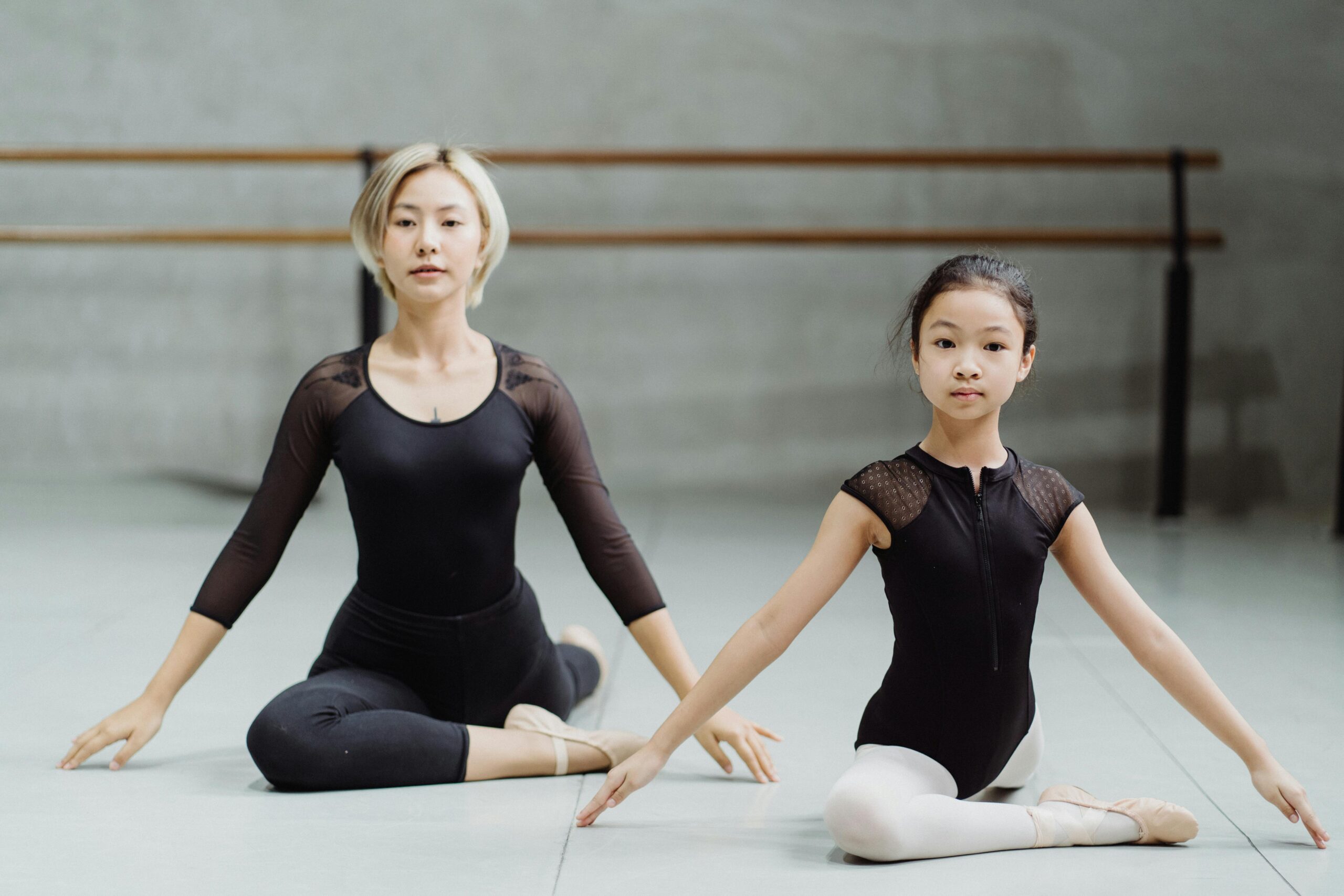
Introduction to the benefits of the pigeon pose
The pigeon pose is not just a simple yoga stretch; it is a transformative practice that offers numerous physical and mental benefits. This powerful hip opener helps release tension and tightness in the hips, groin, and lower back, promoting flexibility and range of motion. By stretching the hip flexors, psoas muscles, and piriformis, pigeon pose can alleviate discomfort from prolonged sitting or physical activity. Additionally, this pose can improve posture, balance, and stability by strengthening the core and pelvic floor muscles.
On a mental level, pigeon pose helps calm the mind, reduce stress and anxiety, and enhance focus and concentration through deep breathing and mindfulness practices. Embrace the pigeon pose as an essential tool for enhancing your overall well-being both physically and mentally (another helpful pose is uttanasana, practicing uttanasana regularly, individuals can help alleviate tension and tightness in the piriformis muscle, reducing the risk of piriformis syndrome and improving overall hip mobility and stability).
Explanation of how the pigeon pose targets the piriformis
The pigeon pose is a powerful yoga posture that targets the piriformis muscle, a small but significant muscle located deep within the buttocks. By stretching and lengthening the piriformis in this pose, practitioners can alleviate tension and tightness in the hips and lower back. The pigeon pose works by externally rotating the femur bone while flexing the knee of the front leg, which specifically targets the piriformis muscle. This deep stretch helps to release any built-up tension or tightness in the muscle, improving flexibility and reducing discomfort (one of the advanced flexibility exercises that can help improve the flexibility of the hip joint and alleviate tension in the piriformis muscle is the middle split).
In addition, practicing the pigeon pose regularly can help prevent injuries related to tightness in the hips and lower back, making it an essential addition to any yoga or stretching routine. So next time you feel stiffness in your hips, try incorporating pigeon pose into your practice for targeted relief of your piriformis muscle.

Step-by-step instructions on how to properly do the pose
The pigeon pose is a popular yoga position that is known for its ability to stretch and strengthen the hip flexors, quadriceps, and glutes (p.s. When performing the front split, the piriformis muscle is stretched to its limits). To begin, start in a tabletop position with your hands and knees on the mat. Bring your right knee forward towards your right wrist, aiming to position it behind your right hand. Extend your left leg behind you, ensuring that your hips are square and your back leg is straight.
Next, slowly lower your body down towards the mat, resting with your hands on either side of your right leg for balance. Inhale deeply and lengthen your spine, focusing on keeping your hips square and level. If you feel comfortable, you can lower your forearms to the mat, allowing your torso to relax into the stretch. Hold the pose for 5-10 breaths, focusing on deep breathing and relaxation.
To release the pose, slowly press into your hands and lift your chest, coming back to the tabletop position. From here, you can switch to the other side by bringing your left knee forward and repeating the steps outlined above.
Tips for beginners on modifications and variations
As a beginner in pigeon pose, it is important to remember that modifications and variations are essential in making the pose accessible and comfortable for your body. One tip for beginners is to use props such as blocks or blankets to support your hips and lower back, which can make it easier to maintain proper alignment and avoid strain. Additionally, focusing on engaging your core and keeping your chest lifted can help prevent rounding in the spine and improve the overall stability of the pose.

Another tip for beginners is to start with a gentler variation of pigeon pose, such as reclined pigeon or half pigeon, before attempting the full expression of the pose (another gentle pose is the tree pose, the piriformis muscle is actively engaged during the tree pose – as it is responsible for stabilizing the hip joint and rotating the thigh outward to maintain proper alignment in the pose). This can help you gradually build strength and flexibility in the hips and thighs, which are key areas for achieving a deeper pigeon pose. Additionally, practicing hip-opening poses like seated figure four or lizard pose can help prepare your body for the demands of pigeon pose and prevent injury.
Finally, it is important for beginners to listen to their bodies and avoid pushing themselves too far in pigeon pose. Remember that yoga is a practice of self-care and self-awareness, so it is important to honor your limitations and modify the pose as needed. Always focus on maintaining steady breathing and staying present in the moment, rather than forcing your body into a position that may cause discomfort or pain.
By following these tips for modifications and variations, beginners can safely and effectively build their practice of pigeon pose and experience the physical and mental benefits that come with it.
Importance of proper alignment and breathing techniques
Proper alignment and breathing techniques are imperative components of pigeon pose, a popular yoga posture that provides a deep stretch for the hips, thighs, and lower back. In order to perform pigeon pose effectively and safely, students must ensure that their bodies are properly aligned. This includes aligning the hips square to the front of the mat, keeping the front knee stacked directly over the ankle, and maintaining a straight spine. Proper alignment not only helps to prevent injury, but also allows for a more effective and deeper stretch.

Additionally, incorporating proper breathing techniques into pigeon pose is crucial for maximizing the benefits of the posture. Deep, mindful breathing can help students to relax into the pose, release tension in the muscles, and improve their overall focus and concentration. With each inhale, students can create space and length in the body, while each exhale allows them to relax further into the stretch. By synchronizing breath with movement, students can experience a sense of mindfulness and presence in the moment, enhancing their overall yoga practice.
The importance of proper alignment and breathing techniques in pigeon pose cannot be overstated. By paying attention to alignment cues and focusing on breath awareness, students can enhance their physical practice, prevent injuries, and cultivate a deeper mind-body connection. As graduate school students, it is essential to understand the significance of alignment and breathing in yoga poses like pigeon pose, as they can contribute to improved physical health, mental clarity, and overall well-being.
Common mistakes to avoid while doing the pigeon pose
There are several common mistakes to avoid while performing this pose. One of the most common mistakes is not properly aligning the hips, which can lead to strain on the knee and lower back. It is important to ensure that the front leg is at a 90-degree angle and the hips are squared towards the front of the mat. Another mistake to avoid is collapsing the chest and rounding the back, which can limit the benefits of the pose and compromise proper alignment. It is crucial to maintain a long spine and open chest while sinking deeper into the stretch.
Additionally, rushing into the pose without proper warm-up or using props can also increase the risk of injury. By being mindful of these common mistakes and practicing with awareness and intention, one can fully experience the benefits of the pigeon pose while avoiding potential pitfalls.
How to deepen the stretch over time with practice
To deepen the pigeon pose over time with practice, one must focus on proper alignment, breathing techniques, and gradual progression. It is important to start with proper alignment by ensuring the front knee is at a 90-degree angle and the back leg is straight behind. By focusing on deep breathing and relaxing into the pose, one can increase flexibility and go deeper into the stretch.
Additionally, by consistently practicing the pigeon pose and gradually increasing the length of time in the pose, one can strengthen the muscles and improve overall flexibility. With dedication and commitment to regular practice, the pigeon pose can be deepened over time to experience its full benefits.
Incorporating the pigeon pose into a regular stretching routine
The pigeon pose is a valuable addition to a regular stretching routine due to its ability to target the hip flexors, piriformis, and glute muscles. By incorporating this pose into a stretching routine, individuals can improve flexibility, increase hip mobility, and alleviate tightness and discomfort in the lower back and hips. The pigeon pose also offers the opportunity for mindfulness and relaxation, as the deep hip opening and stretch can help release tension and stress held in the body.
To effectively incorporate the pigeon pose into a regular stretching routine, it is important to warm up the body with dynamic stretches, hold the pose for at least 30 seconds on each side, and gradually deepen the stretch over time. By consistently practicing the pigeon pose, individuals can experience greater range of motion, reduced risk of injury, and improved overall physical well-being.
Benefits of regularly practicing the pigeon pose for overall flexibility
Regularly practicing the pigeon pose in yoga has numerous benefits for overall health and well-being. This pose helps to open up the hips and stretch the hip flexors, which can improve flexibility and range of motion. It also helps to release tension and tightness in the lower back, which can reduce the risk of back pain and improve posture.
Additionally, the pigeon pose can help to improve circulation and digestion, as well as reduce stress and anxiety. Overall, incorporating the pigeon pose into a regular yoga practice can lead to increased physical and mental health, making it a valuable tool for maintaining overall well-being.
Conclusion and encouragement to make it a regular practice
By regularly incorporating this pose into one’s yoga practice, individuals can improve flexibility in the hips, groins, and pelvis, while also releasing tension and stress in the lower back and sciatic nerve. Additionally, pigeon pose can help to open the heart and increase emotional well-being by releasing stored emotions and creating space for new energy to flow through the body. For these reasons, it is highly beneficial to make pigeon pose a regular practice in order to reap its full benefits and enhance overall physical and mental health.
In order to make pigeon pose a regular practice, individuals can incorporate it into their daily or weekly yoga routine. By setting aside dedicated time for this pose, individuals can cultivate consistency and build strength and flexibility in the hips over time. It may also be beneficial to modify the pose by using props such as blocks or bolsters to support the body and make the pose more accessible.
Citations:
Anon, (n.d.). The Daily Bandha. [online] Available at: https://www.dailybandha.com/2013/ [Accessed 3 Jun. 2024].
McGonigle, A. (2021). Supporting Yoga Students with Common Injuries and Conditions: A Handbook for Teachers and Trainees. [online] Google Books. Singing Dragon. Available at: https://books.google.co.za/books?hl=en&lr=&id=_dsKEAAAQBAJ&oi=fnd&pg=PP1&dq=pigeon+pose+for+piriformis+&ots=uqPMIAJ0iq&sig=TJ8QtJN3eFPyCbd40qzT9pfq6Ho&redir_esc=y#v=onepage&q=pigeon%20pose%20for%20piriformis&f=false [Accessed 3 Jun. 2024].
Michigan Today. (2024). Getting a leg up on sciatica and piriformis syndrome. [online] Available at: https://michigantoday.umich.edu/2024/03/22/getting-a-leg-up-on-sciatica-and-piriformis-syndrome/ [Accessed 3 Jun. 2024].


